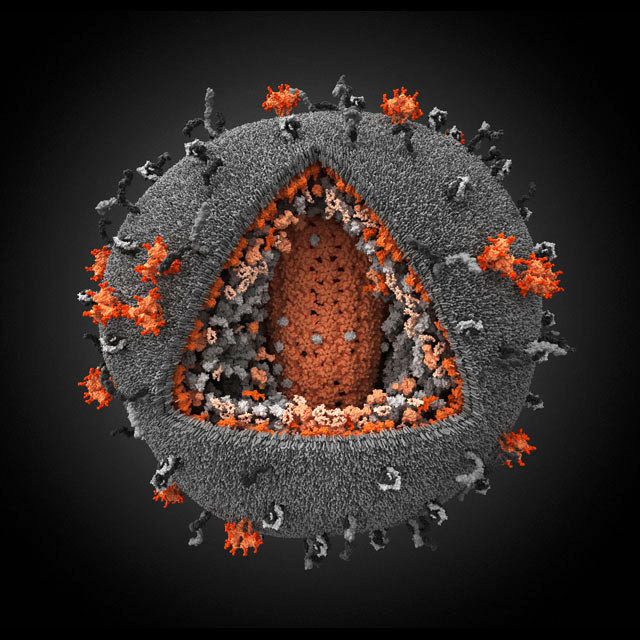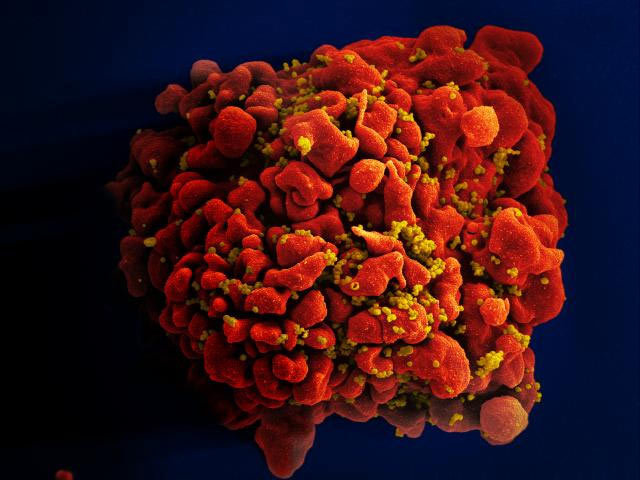Immune cages with sleeping HIV can be destroyed by means of other viruses.


to expel the Virus of an immunodeficiency from an organism not only because it is extremely changeable and can leave both from immune attack, and from drugs. Problem that it is capable to remain in a sleeping look, having built in a genome of a cage and in any way without proving. Modern methods of therapy allow to lower level of an active virus to insignificant indicators, despite all its variability. But after a course of treatment the virus sleeping in chromosomes of cages, can wake up and start breeding.
Now actively look for a way to reach an inactive virus. First of all any DNA-editing tools which would get into an immune cage here occur and cut out HIV genes from its DNA. Other way researchers from offer hospitals of Ottawa : their idea consists in simply to destroy cages in which the dangerous lodger lodged. But than them to destroy and how to distinguish lymphocytes with a virus from lymphocytes without virus?
Eyndzhel Jonathan (Jonathan B . Angel ) and his colleagues some time ago found out that in cages the system of interferon antiviral protection badly works with a sleeping virus. When the virus gets into a cage, it starts synthesizing actively protein interferon which is felt by the next cages and start after that preparing for virus attack. Besides, interferon sends the corresponding signals to immune system; at last, interferon affects the infected cage so that it was lost quicker and would not allow a virus to breed and extend further.
But as we told, at lymphocytes with HIV even if HIV in them is inactive, interferon protection is weakened. In it they are similar to some kinds of a cancer. Against such cancer cells sometimes use special viruses which are called onkolitichesky: because the system of antiviral protection in them works badly, viruses freely in them breed and kill a large number of the malignant owners. But if in the HIV-infected cages too do not work interferon system, maybe, onkolitichesky viruses will work and on them?
In article in Journal of Infectious Diseases is said that so it and is. In experiments used a virus Maraba, or MG1 which really struck and destroyed lymphocytes with HIV, and healthy cages did not touch (obviously because healthy cages quickly stopped activity of an onkolitichesky virus). The virus worked not only in cellular culture – when it added in the blood taken from HIV-infected, the DNA level of a virus of an immunodeficiency in samples considerably fell.
on the other hand, in accuracy while it is not clear, how exactly the onkolitichesky virus destroys cages with sleeping HIV. In explanations which are, there are no details and to use the "virus against a virus" method in clinic, it is necessary to be down on as it works.
In the near future authors of work just are going to find out it in experiences with animals – at the same time it will be possible to see how the onkolitichesky virus will work against HIV not in culture of cages and not in a blood sample, and in the real organism.